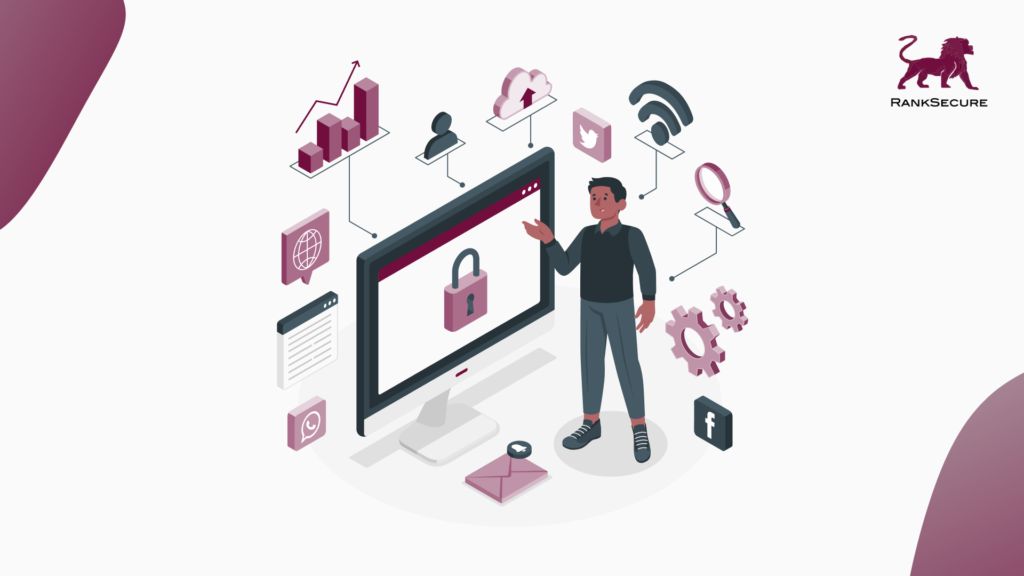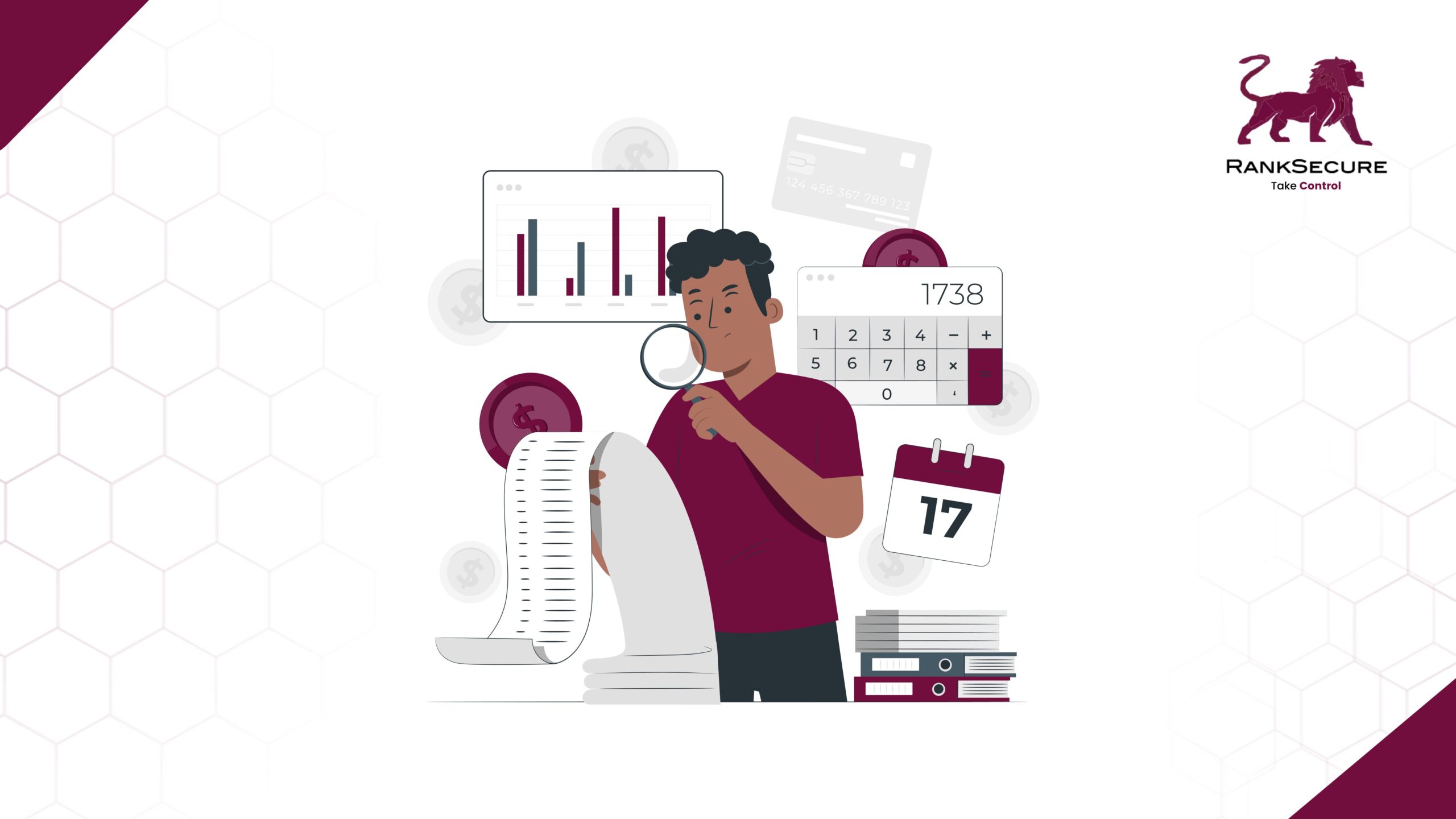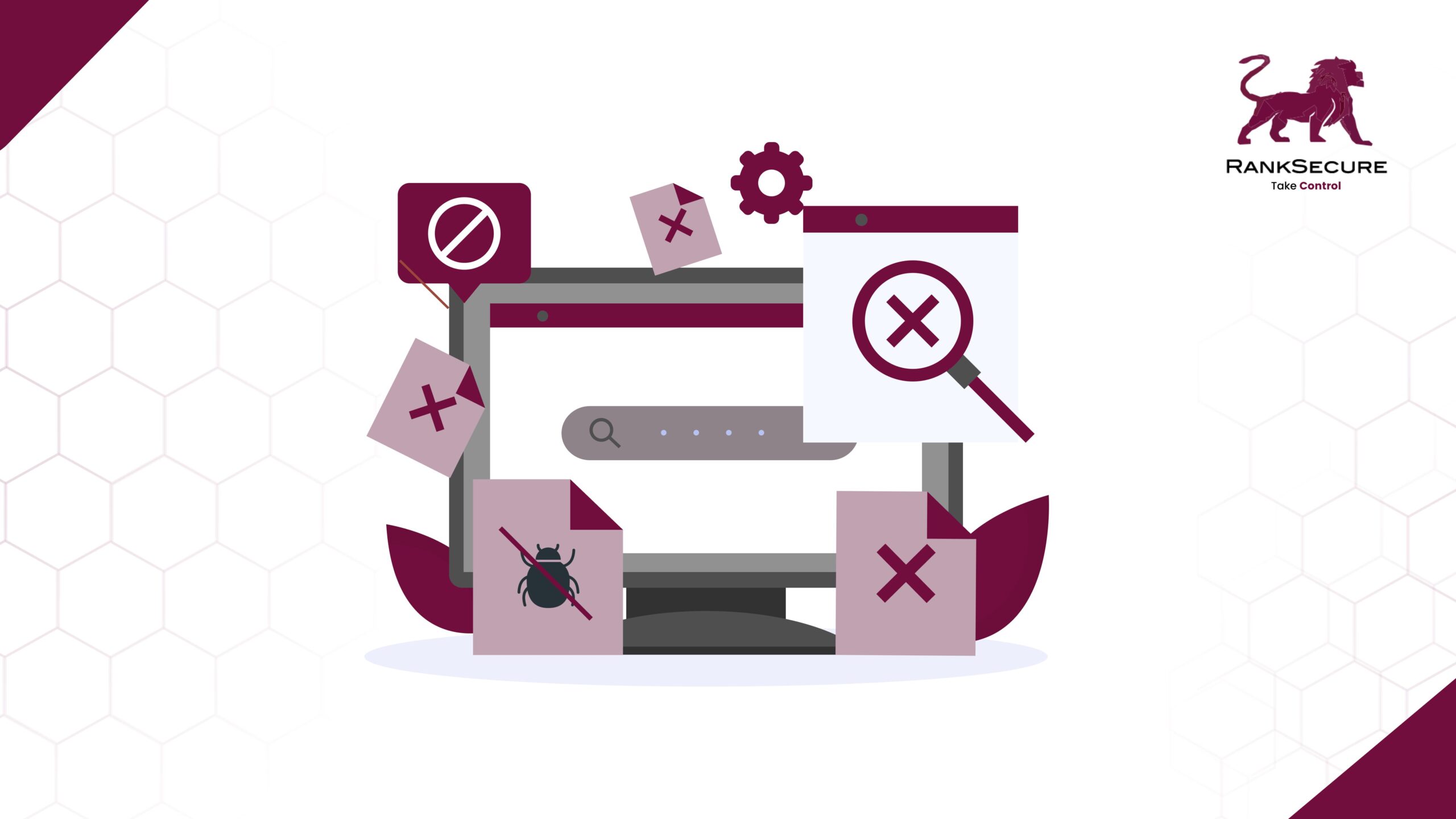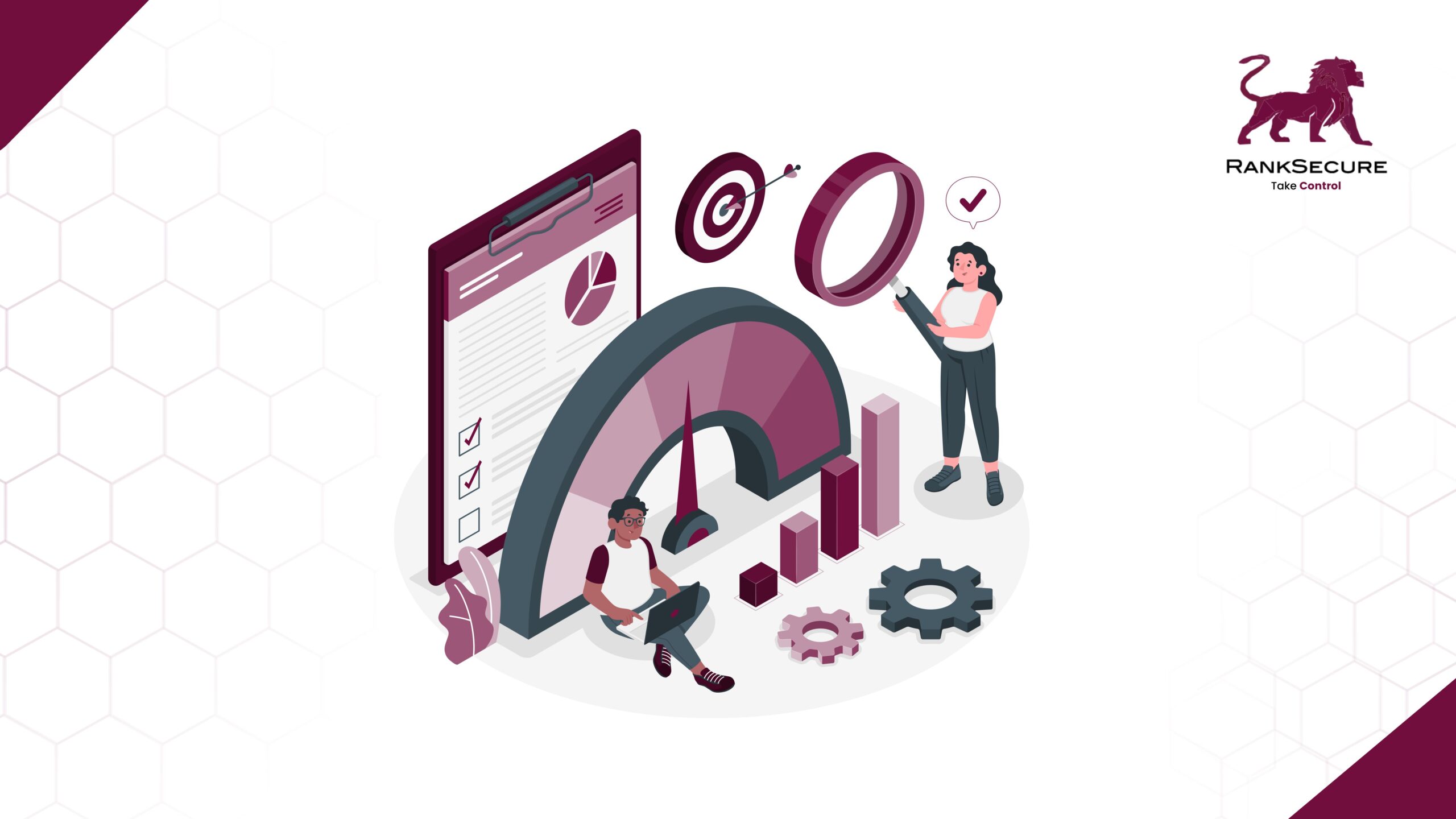
Comprehending the Applications of Penetration Testing Across Various Sectors and Industries
In an era of escalating cyber threats, organisations across various sectors face the constant challenge of protecting their digital assets. Penetration testing, a robust cybersecurity practice, plays an important role in identifying vulnerabilities and bolstering defences.
💡 According to a recent study, India saw Over 1,700 cyber attacks a week in the last 6 months, double the global average. The cybersecurity threat landscape in India is getting wider, and the most attacked industry segment in India is the healthcare industry, followed by the defence and education sectors.
In this blog, we’ll understand the application of penetration testing across various sectors. From finance to healthcare, manufacturing to retail, join us and understand the significance of penetration testing in fortifying defences and protecting against potential breaches.
Various Industries & Sectors
Banking & Financial Services
With financial institutions being prime targets for cybercriminals, robust security measures are imperative.
Penetration testing helps banking and financial organisations by focusing on assessing network infrastructure, web applications, and transaction systems. Rigorous testing of authentication mechanisms, authorisation controls, and encryption protocols helps prevent unauthorised access, data breaches, and financial fraud.
Healthcare and Pharmaceuticals
The healthcare industry grapples with securing patient data, medical devices, and interconnected systems. Penetration testing in this sector involves assessing electronic health records (EHRs), medical IoT devices, and network infrastructure. By simulating attacks, vulnerabilities such as weak access controls, data leakage, and device tampering can be uncovered, leading to improved patient privacy and system integrity.
Manufacturing and Industrial Control Systems (ICS)
Industrial control systems form the backbone of manufacturing processes and critical infrastructure. Penetration testing in this sector targets supervisory control and data acquisition (SCADA) systems, programmable logic controllers (PLCs), and networked devices. Identifying vulnerabilities, such as weak authentication mechanisms or insecure protocols, helps mitigate the risk of operational disruptions and potential physical harm.
Retail and E-commerce
The retail and e-commerce sector grapples with securing customer data and ensuring secure online transactions. Penetration testing focuses on web application security, payment gateways, and data storage systems. Assessing vulnerabilities such as SQL injection, cross-site scripting (XSS), or weak encryption safeguards customer information and protects against financial losses.
Energy and Utilities
Critical infrastructure within the energy and utilities sector demands stringent security measures. Penetration testing in this realm covers network infrastructure, SCADA systems, and remote access protocols. By uncovering vulnerabilities like outdated firmware, weak password policies, or insecure remote access, organizations can mitigate the risk of cyber attacks targeting power grids and water treatment facilities.
Education
Educational institutions face the challenge of securing student data and safeguarding academic systems. Penetration testing in this sector evaluates network infrastructure, learning management systems (LMS), and student databases. Assessing vulnerabilities such as misconfigurations, weak access controls, or inadequate patch management enhances data protection and preserves the integrity of educational systems.
Government and Public Institutions
Government agencies and public institutions store vast amounts of sensitive citizen data and face sophisticated threats. Penetration testing covers a wide range of areas, including network infrastructure, databases, and citizen-facing systems. Identifying vulnerabilities, such as misconfigured firewalls, weak authentication mechanisms, or unpatched systems, strengthens security posture and safeguards sensitive information.
Most Common Forms of Cyber-Attacks
Here’s a chart showcasing the most common forms of cyber attacks faced by various types of organisations:
| Sectors/Industries | Most Common Form of Cyber Attack |
|---|---|
| Banking and Financial Services | Phishing attacks, malware infections, and DDoS attacks. |
| Healthcare and Pharmaceuticals | Ransomware attacks, data breaches, and insider threats. |
| Manufacturing and Industrial Control Systems (ICS) | Industrial espionage, supply chain attacks, and unauthorized access to critical infrastructure. |
| Retail and E-commerce | Payment card data breaches, e-commerce website attacks, and point-of-sale (POS) malware attacks. |
| Energy and Utilities | Advanced persistent threats (APTs), cyber-physical attacks, and attacks on SCADA systems. |
| Education | Data breaches, phishing attacks on staff and students, and attacks targeting academic systems. |
| Government and Public Institutions | Advanced persistent threats (APTs), state-sponsored attacks, and data breaches involving sensitive information |
These are common forms of cyber attacks in each sector. Penetration testing helps in identifying vulnerabilities specific to each sector and enables organizations to proactively strengthen their defences against these prevalent cyber threats.
Conclusion
Penetration testing serves as a vital tool in ensuring the security of organisations across various sectors. By simulating real-world attacks and identifying vulnerabilities, organisations can proactively protect their assets, customer data, and critical infrastructure. The adoption of regular penetration testing practices is essential to stay one step ahead of cybercriminals.
Remember, cybersecurity is an ongoing process, and penetration testing should be conducted regularly to address emerging threats effectively. Safeguarding data and maintaining public trust must be a priority for organisations in today’s digital age.
Recent Posts
How to Implement IT Asset Management for Maximum ROI
Organisations are not breached because their defences failed. They are breached because their visibility did. In most enterprises, the issue is not that assets are unmanaged. It is that too many are unaccounted for. Legacy systems operating outside policy. Cloud workloads deployed beyond governance. Endpoints that no
How VAPT Supports Zero Trust Security Models
If Something Can Go Wrong in Security, It Eventually Will That’s the reality Zero Trust is built for. It assumes users will click what they shouldn’t. Devices will connect from untrusted networks. Credentials will leak. And one misconfigured rule can open access far beyond what was intended.
How GRC Tools Help Finance, Healthcare & Retail Teams
No risk or compliance team ever sets out to operate in abstraction. Yet that’s exactly what happens when sector context is stripped from the systems that underpin decision-making. It’s not about whether the frameworks are there because they are. The problem is that they’re misaligned with how each







